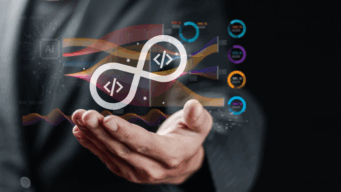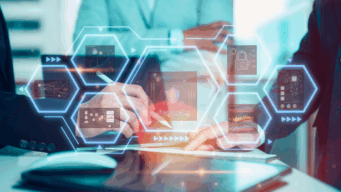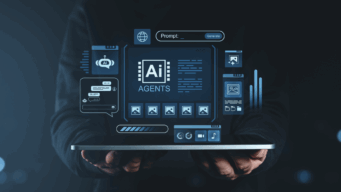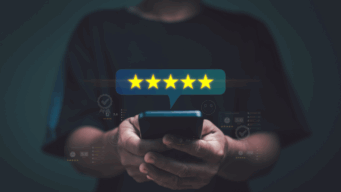DevOps

The agile testing manifesto: best practices you can’t ignore
August 13, 2025•
3 min read

Continuous testing 101: What you need to know
August 12, 2025•
3 min read

DevOps vs DevSecOps: Key differences and why they matter
August 12, 2025•
3 min read

Your DevOps stack doesn’t need more tools. It needs more control.
August 11, 2025•
3 min read

The rise of enterprise digital workers: A new era in software delivery has begun
July 29, 2025•
5 min read

Scale smart: How GitHub and OpenText unlock trusted AI for enterprise DevOps
July 22, 2025•
3 min read

Robust test management: An absolute must for software quality management
July 16, 2025•
3 min read

Why DevOps leaders trust OpenText: Real results from real teams
July 10, 2025•
3 min read

OpenText Project and Portfolio Management in action: Real how-tos, real benefits, real PPM
June 16, 2025•
2 min read

Prioritize load testing to protect performance and prevent downtime
June 13, 2025•
3 min read

How to not burn out your developers: Optimize the developer experience
June 04, 2025•
3 min read

Get DevOps answers—and ideas—at Gartner® Application Innovation & Business Solutions Summit
May 22, 2025•
3 min read